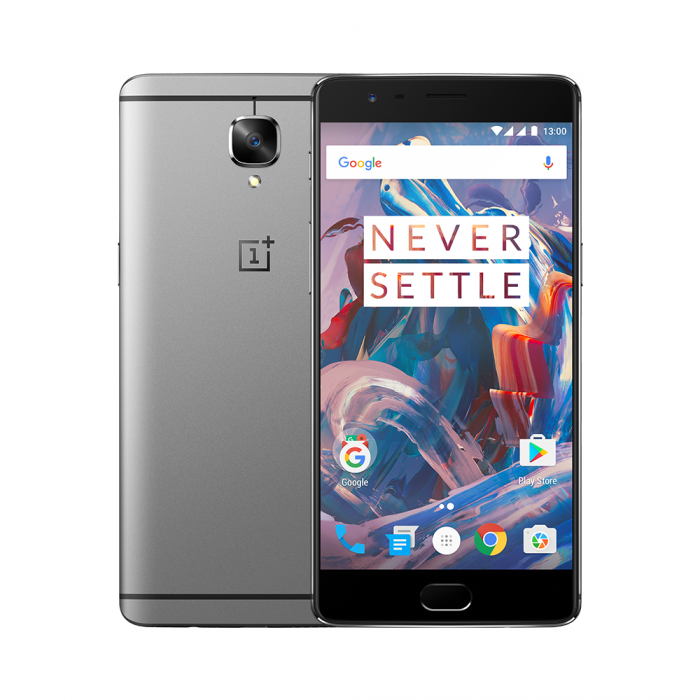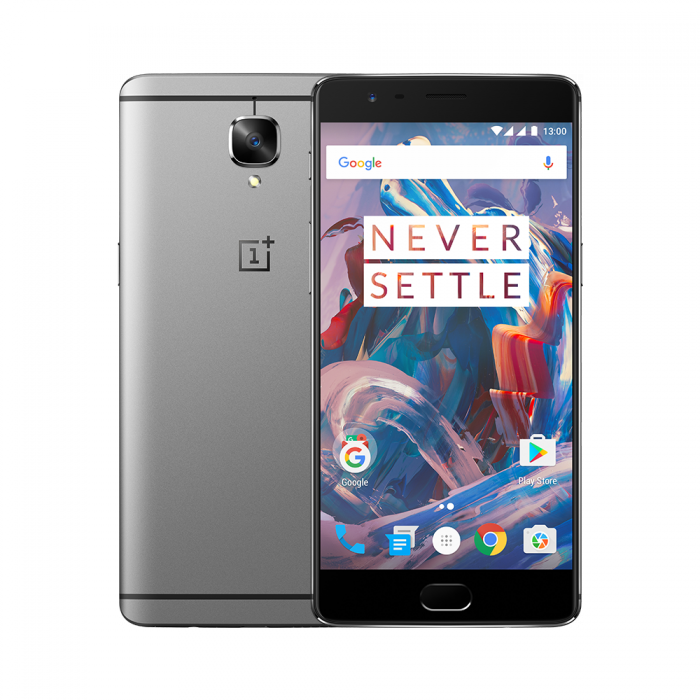
It’s been a while since we were excited about a phone from OnePlus and while some of us still aren’t, some see OnePlus filling the mid-range price hole left by the demise of the Nexus. OnePlus have previous released 2 phones in a calendar year but last time the second phone was a smaller, lower end device. This time OnePlus are promising an incremental bump in specs from the OnePlus 3 with a phone to be released on Tuesday November 15.
We have seen multiple rumours and now leaks regarding this device. First off it is to be called the OnePlus 3T and will cost $80 more than the OnePlus 3 which was US$399. The name was later also rumoured/confirmed by a now-deleted Weibo message.
https://twitter.com/evleaks/status/791279383499644929?ref_src=twsrc%5Etfw
Next was Qualcomm, in a not so subtle way, with a tweet confirming that the new phone from OnePlus would house a Snapdragon 821 processor (same as the Pixel phones).
Something new from @OnePlus is on the way…and it’s powered by our #Snapdragon 821 processor. Stay tuned. pic.twitter.com/3jOyZFRQ5t
— Qualcomm (@Qualcomm) November 7, 2016
In a game of one-upmanship OnePlus have decided to clock their Snapdragon 821 higher than the Pixel phones are clocked at — 2.35GHz vs 2.15GHz. The tweet also announced/confirmed the date we were to expect to see the OnePlus 3T announcement (assuming that it is called the 3T). Most blogs have decided this date is Chinese time so it is also the 15th for us here in Australia too.
T-7: The @Qualcomm Snapdragon 821 (2.35GHz) is coming your way. Find out more on November 15. pic.twitter.com/fA8mUTYAjd
— OnePlus (@oneplus) November 8, 2016
The phone is expected to be the same design as the OnePlus 3 and have the same size display at 5.5 inches with some rumours around of it having a QHD display. There is some debate as to the type of display with Carl Pei having previously said that “OnePlus will be staying with Optic AMOLED displays for the foreseeable future” but there is also a shortage of AMOLED displays from suppliers at the moment meaning a switch to LCD is possible. The display will be powered by a battery that is 10% larger than that in the OnePlus 3 at 3300mAh. There WILL be a headphone jack if OnePlus listen to their customers:
Do you like headphone jacks?
— Carl Pei (@getpeid) October 25, 2016
The camera has also apparently been upgraded (according to Weibo) to a 16MP camera with a Sony IMX 398 sensor with f/1.7. It will have a dual-core autofocus system for better and faster autofocus using the phase-detection technique. There will apparently be 128GB of storage on board along with the same 6GB of RAM that is in the OnePlus 3.
With OnePlus taking to the Facebook LIVE platform next Tuesday to formally announce the phone all will be revealed then. As per recent times, I am not expecting it to support all Australian LTE bands but expect most to be supported, making it a tasty proposition for Australians. I personally see the OnePlus 3T as capable of filling the hole left in the market for fans of Nexus devices who believe the Pixels to be priced too high.
While we are unlikely to see it here there is always the option of grey market importers. Anybody here interested in purchasing this? I know I am.





Not really interested unless they officially bring it here to a bricks and mortar store. I like to play with and touch phones before I buy them. Much like I did before I got married?
6GB of Ram…wow. Any advantages other than having an absurd number of apps running at once?
Bragging rights?
Lack of B28 has been of zero consequence for me.
The telstra network uses b28 for 3cc carrier aggregation. this is what allows (currently) 450mbps and beyond.
but more specifically, 700 has a larger footprint, so coverage-wise you would miss out there, if on cell edge
Sure, that sounds fancy n’ all, but like i said – it has been of zero consequence for me. I’ve dropped LTE maybe 3 times, and that was in the country side in areas that are patchy anyway.
what about higher throughputs? i guess buffer time is less tangible than a hard drop, but that’s a thing too.
No 700 is likely the reason why you dropped in the country (as i mentioned it has a larger footprint and is the coverage layer that most connect to).
anyway, i won’t argue further, just trying to educate why it’s useful
I’m certainly hoping on them improving their LTE band support.